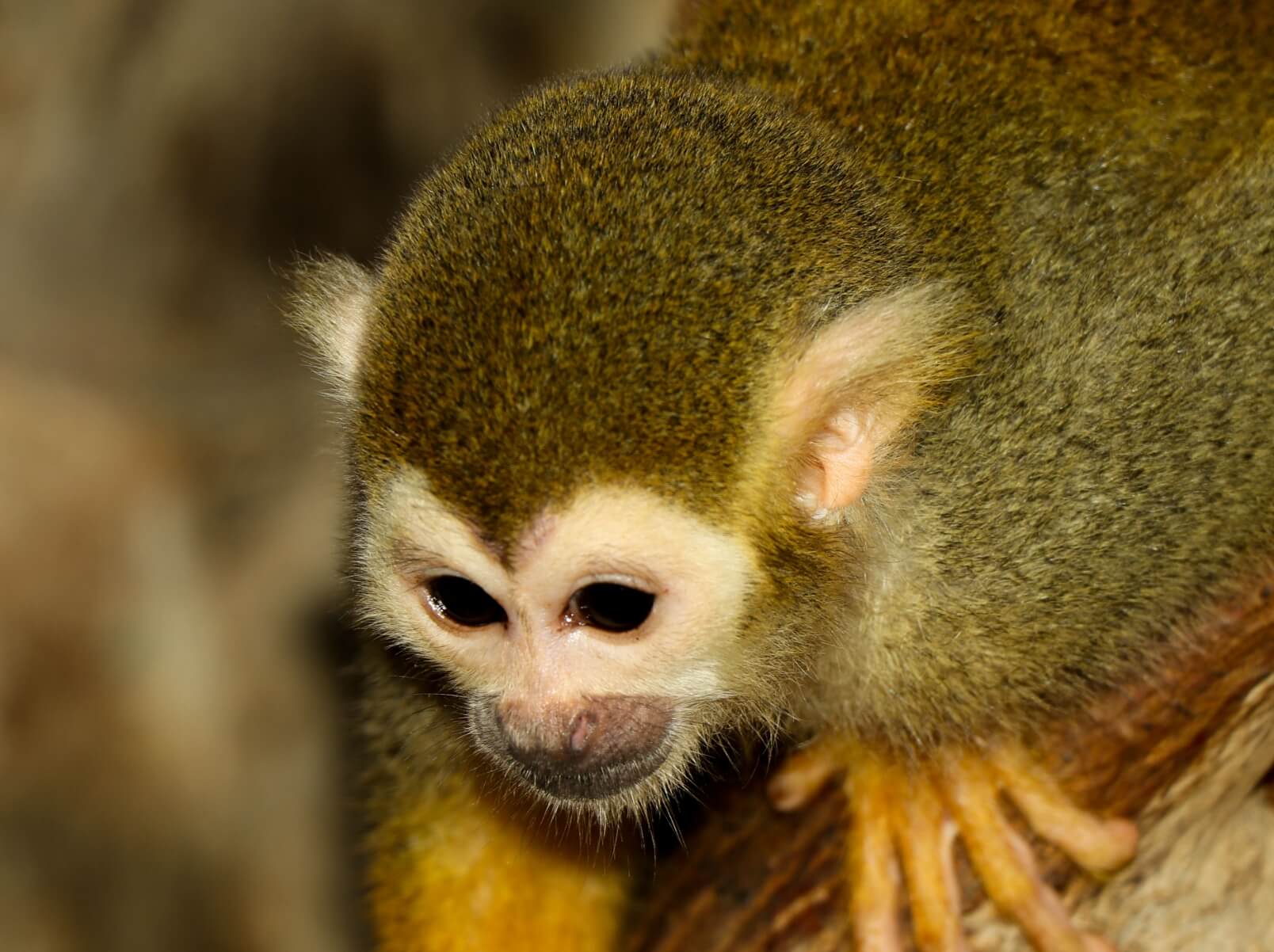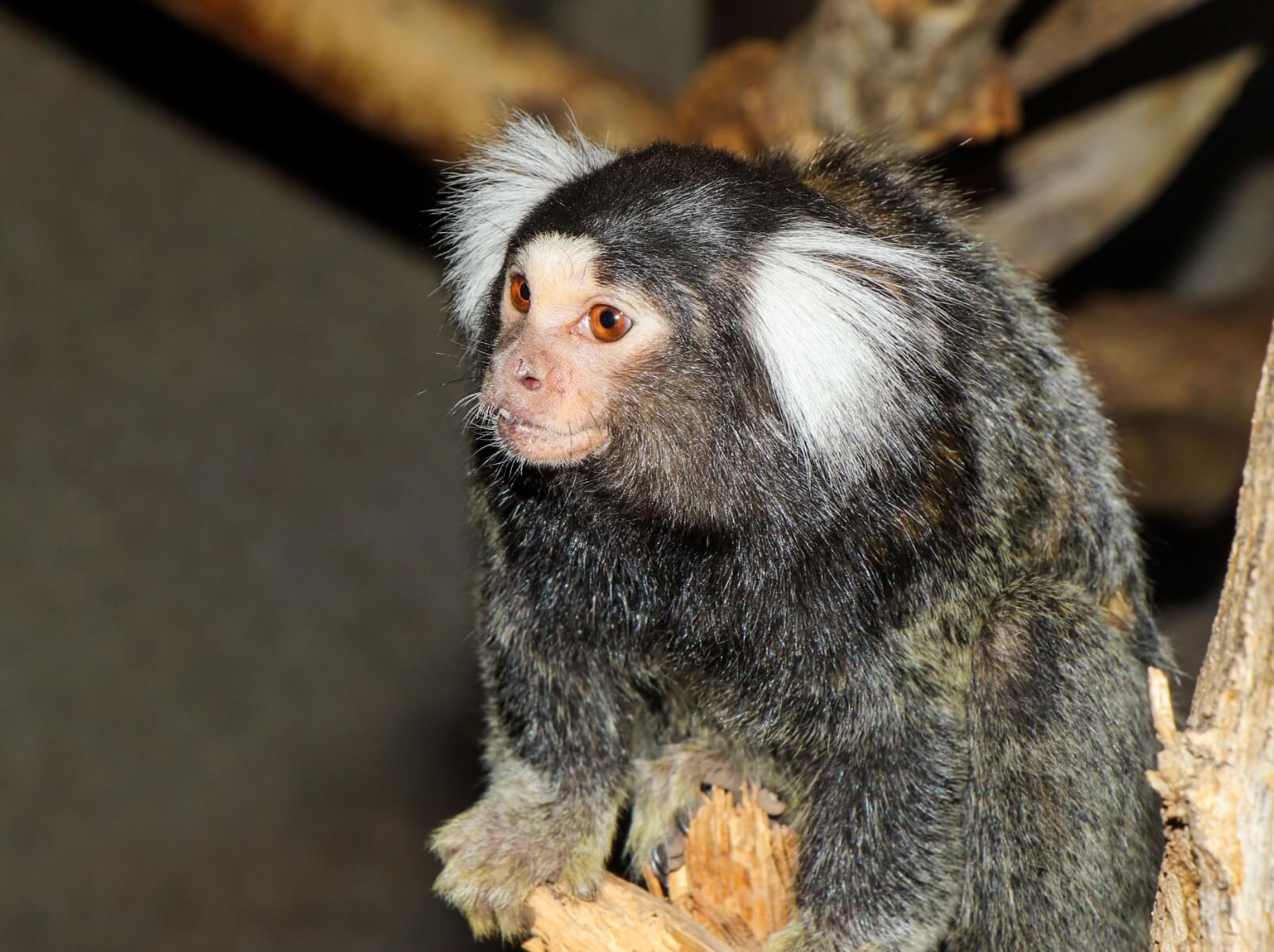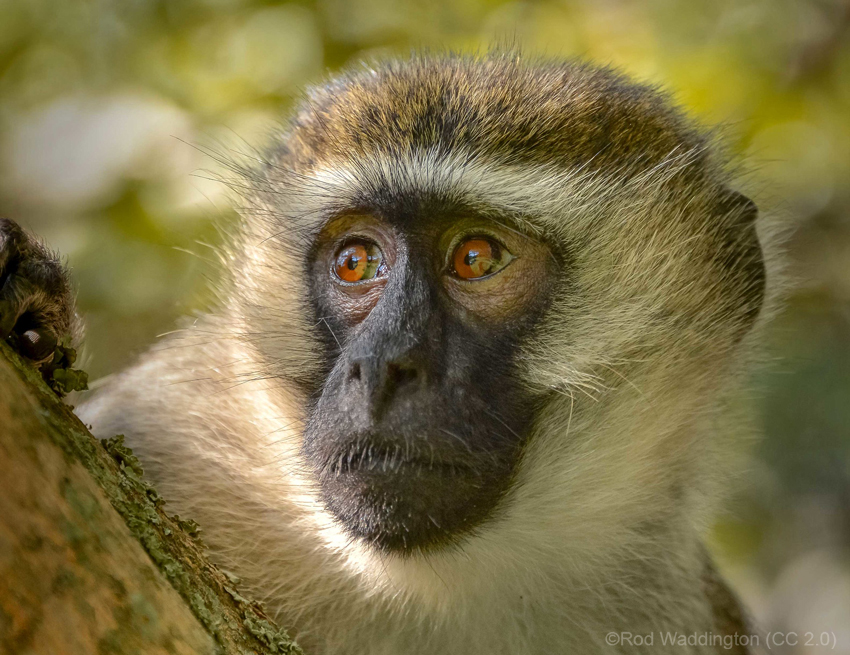INTERESTING FACTS
The male mandrill is the largest living monkey. Mandrills live in groups, mostly in a harem structure. They have long arms and can travel long distances on the ground. They do climb trees, though, and even sleep there, selecting a different tree each evening. They have large cheek pouches inside their mouth that they can stuff full of food to eat later. Mandrills live in multi-male/multi-female groups, averaging about 40-50 members including their young, within an even larger group called a troop. A troop can include as many as 600 to 800 individuals. Mandrills are also known as forest baboons. Mandrills breed every two years and average gestation period 6 months. Female mandrills usually give birth to one baby. Key behaviors include arboreal, terricolous, diurnal, sedentary, social, and dominance hierarchies. If a mandrill gets upset, it may be at the ground energetically. They communicate including visual and acoustic signals, scents, and tactile information (body language).
CONSERVATION MESSAGE
Mandrills are listed as Vulnerable. The main threats to this species are habitat loss due to illegal logging and the bushmeat trade. They are losing their habitat drastically due to the expansion of human settlement which has led to logging and clearing of forests for agricultural use. Develop mandrill-based tourism which gives training and recruitment of Eco guides from the local villages, and radio-collaring individual mandrills to help locate the groups, studying and collecting data, environmental education programs, and anti-poaching and surveillance monitoring some conservation efforts ongoing to save the mandrills. You can contribute by supporting conservation organizations, learning, and raising awareness about conservation issues, volunteering service with conservation organizations, and supporting simply spreading the conservation message.
CONSERVATION STATUS
Extinct in the wild
LIFE SPAN
20 to 30 years in the wild and 30+ in captivity.
NATIVE HABITAT
Rain forests of equatorial Africa.
DIET
Omnivore
HEIGHT
Males, about 32 inches (62 to 110 cm) tall.
WEIGHT
Males, 55 pounds (18 to 33 kilograms)
Related Animals
More Animals




